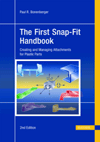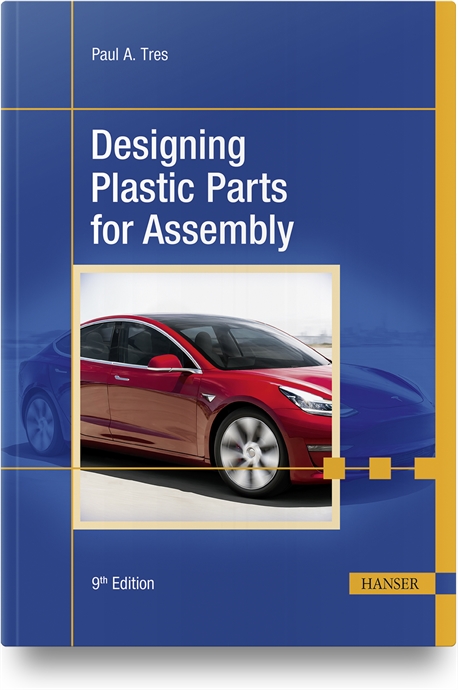A vacuum cup adheres to an object because the pressure beneath the cup is lower than the pressure outside the cup. This causes outside air to push down on the cup, collapsing it. The lifting or holding capacity of the cup depends on the level of vacuum beneath it.
There are four types of vacuum cup: flat, bellows, oval and deep.
Flat cups are best for flat objects, says Trent Fisher, president of SAS Automation (Xenia, OH). Cleats can be added to the cups to spread the vacuum force over a wider area. The cleats also keep parts from moving while they are held.
Bellows cups have flexible pleats that bend and contract when vacuum is applied. The pleats help the cups grip round surfaces and compensate for variations in the height of the target parts, says Saylor. For example, consider an application in which four bellows cups are used to load boxes onto a pallet. When vacuum is applied and the boxes are lifted, the cardboard will bend. Under those conditions, a flat cup will peal off, but the bellows cups flex and hold. Moreover, if one box is 0.5 inch taller than the others, all four cups will still contact their targets.
Oval cups come in flat or bellows styles. Because they have more length than width, they can grip areas that are too narrow for round cups.
Deep cups are used for curved or irregular surfaces. They can lift over or around corners or edges. These cups cannot be used on flat surfaces, and they can distort at high vacuum levels.
Many accessories are available to boost the performance of vacuum cups, says Michael Tuohey, marketing communications manager for Piab USA Inc. (Hingham, MA). Installing a valve inside the cup will save energy by activating the vacuum only when the cup contacts the target. A level compensator absorbs shocks and adjusts to differences in target height. As a result, engineers need not program the pick-up device to stop within millimeters of the target. A ball joint adjusts automatically to different contact angles and reduces bending stress on the cup as the object is moved.
When specifying a parts handling system with vacuum cups, start with the cups and work backwards to the vacuum pump.
The first consideration is the cup material, says Fisher. Cups can be made from many materials, including vinyl, nitrile, silicone, polyurethane, Viton and neoprene. Which to use depends on the application. Viton and silicone are good for high-temperature applications. Polyurethane and nitrile resist wear and tear.
"It’s not wise to buy cups based on price alone," warns Fisher. "A less expensive material may have to be replaced more often, so you have to weigh the cost of the cup against the cost of downtime."
Cup size depends on the vacuum pressure, the size and weight of the target, and the number of cups doing the lifting, says Tuohey. To save time and energy, it’s best to operate at the lowest possible vacuum level, and that means using the largest possible vacuum cup. "A large cup at a low vacuum level will provide the same lifting capacity as a small cup at a high vacuum level," he explains.



